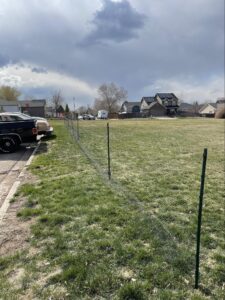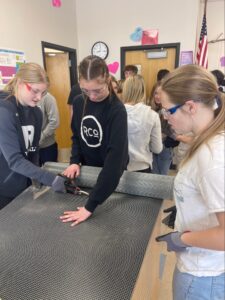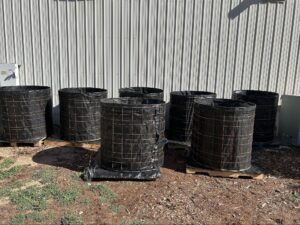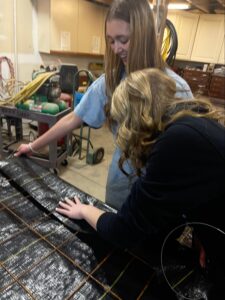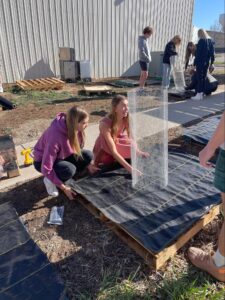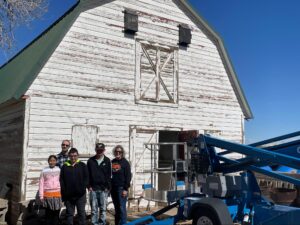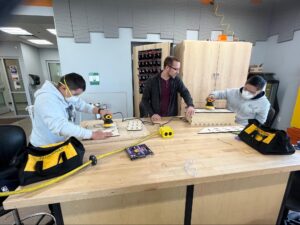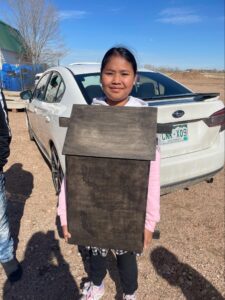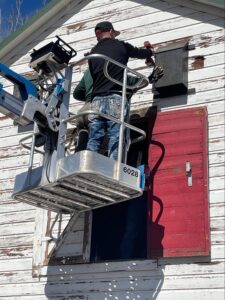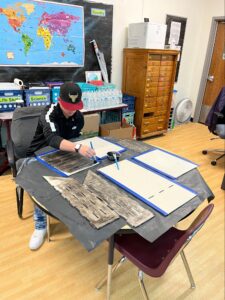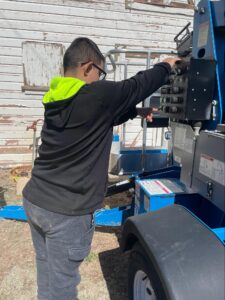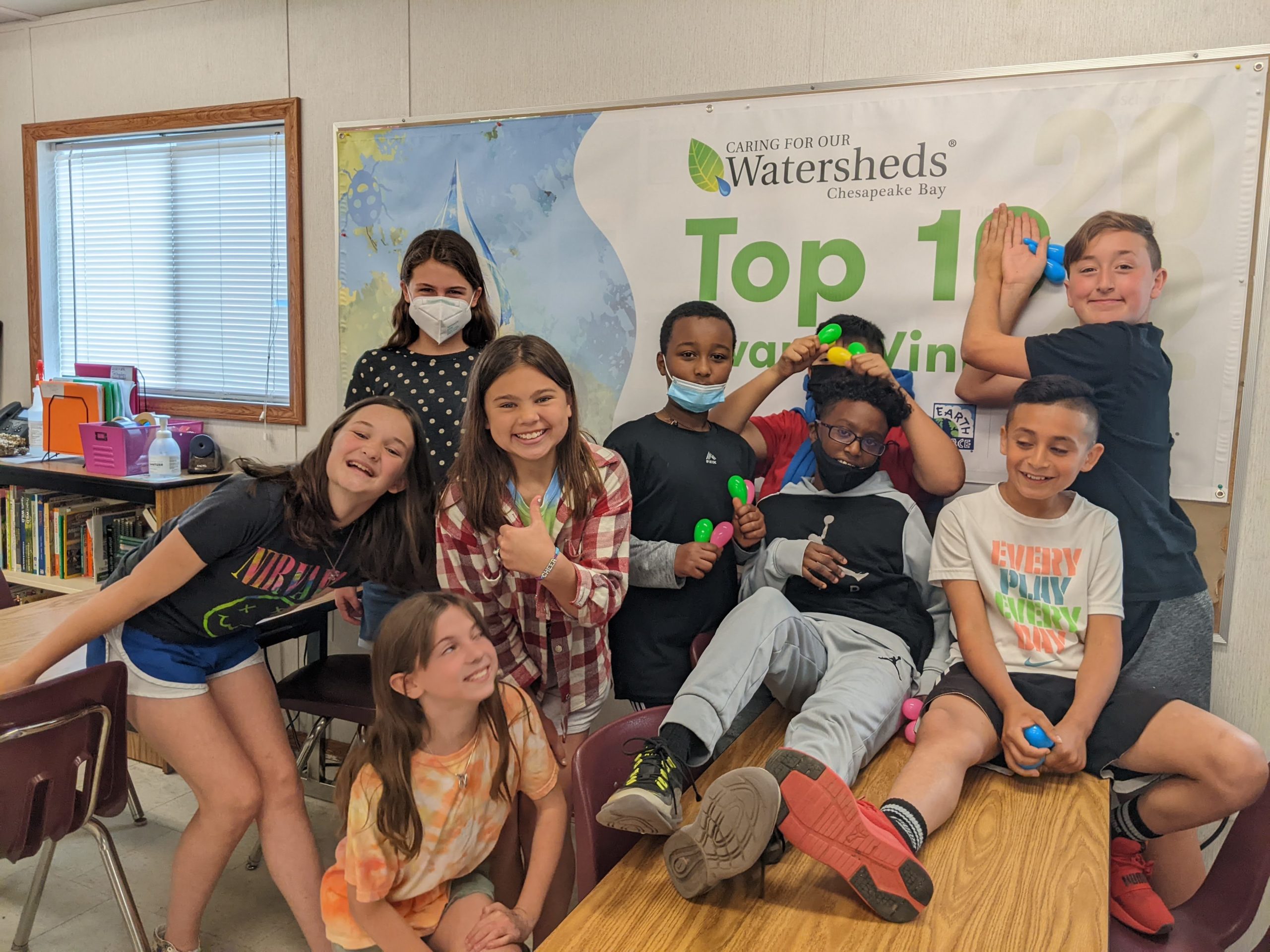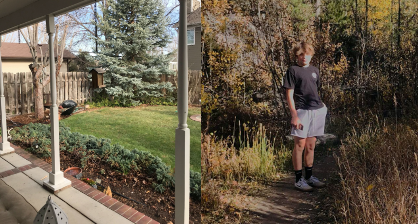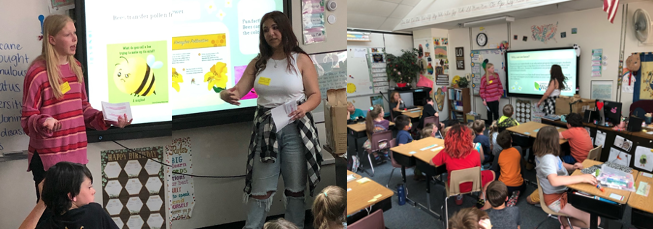2023, JOHNSTOWN, COLORADO, USA
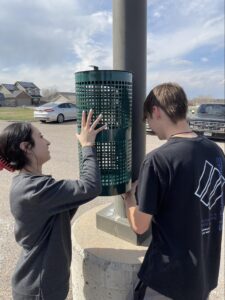
Alexa Tovar and Jonathan Carlson, students from Roosevelt, took decisive action to address the issue of excessive trash in the school parking lots by implementing effective solutions such as trash cans and nets on school grounds. Recognizing the lack of accessible trash cans in their school parking lots, which resulted in litter scattered across the school grounds, Alexa and Jonathan decided to conduct a comprehensive survey of the junior parking lot. Their survey revealed an alarming count of over 350 pieces of trash dispersed throughout that particular lot. To tackle this ongoing problem, they took proactive measures by strategically placing trash cans at light posts and installing nets in areas prone to wind-blown litter. These initiatives are expected to significantly reduce the amount of trash making its way into the local watershed, thereby safeguarding animals and vegetation from harm caused by environmental pollution. This solution addressed Targets 14.1 and 15.5 of the Sustainable Development Goals.


